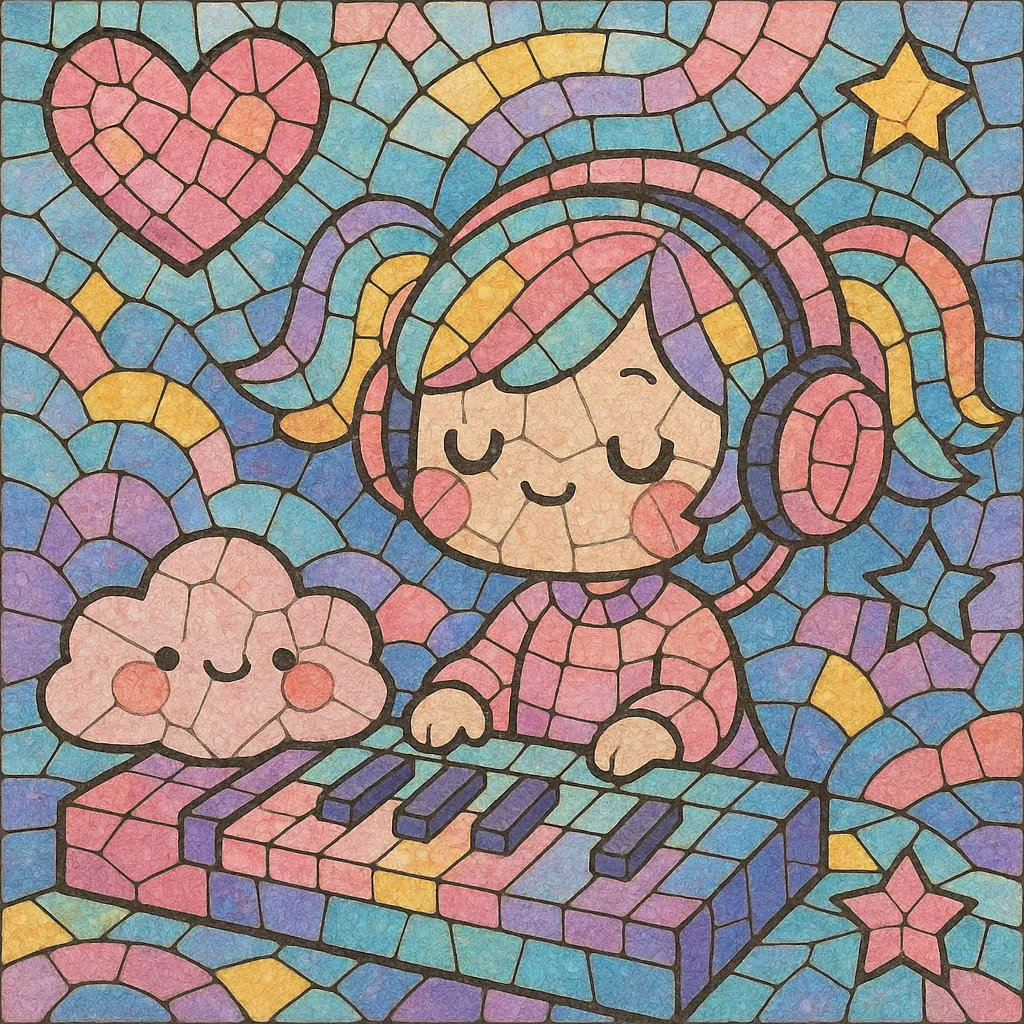Kawaii future bass is a Japanese-born microgenre that blends the sidechained, chord-heavy drops of future bass with the cheery melodies, cute sound design, and pop sensibilities of J-pop, anime music, and game-inspired chiptune.
It typically features bright supersaw stacks, bell and mallet plucks, high-pitched vocal chops (often from Vocaloid or J-pop/utaite sources), and sugary melodies in major or Lydian modes. Drums follow a half-time trap groove with crisp snares on beat three, while heavy sidechain compression creates a buoyant, bouncy feel.
The aesthetic emphasizes “kawaii” (cute) culture—pastel tones, playful samples, and whimsical ear-candy—resulting in upbeat, feel-good tracks that are as much about personality and texture as they are about harmony and rhythm.
Kawaii future bass emerged in Japan during the mid‑2010s as producers on netlabels and DIY platforms began fusing the swelling chords and half‑time drums of future bass with the melodies and aesthetics of J‑pop, anime music, chiptune, and game soundtracks. Japanese netlabels and circles (such as Maltine Records and adjacent online communities) incubated the sound, encouraging bright, pop-forward production and cute cultural references.
Producers refined a toolkit of glistening supersaws, mallet/bell plucks, sugary vocal chops, and hyper-melodic chord progressions (maj7, add9, sus voicings). The result was a drop style that kept the emotional “lift” of future bass but replaced brooding tones with playful, pastel timbres. Vocaloid and utaite scenes readily adopted the palette, and cross-pollination with future funk and electropop helped cement a distinctly Japanese flavor.
By the late 2010s, playlists and creator culture carried the style abroad. Artists outside Japan embraced the kawaii aesthetic, while K‑pop, anime‑adjacent pop, and internet pop (including early hyperpop currents) absorbed elements like sparkly leads, cute vocal chops, and maximal chord stacks. The genre remains closely tied to online culture, thriving via streaming and illustration-heavy visual branding.
Kawaii future bass continues as a vibrant niche with a steady stream of independent releases, Vocaloid collaborations, and anime/game-inspired singles. Its production language—bright, optimistic, and texture-rich—has become a go-to toolkit for producers seeking upbeat, characterful drops.


